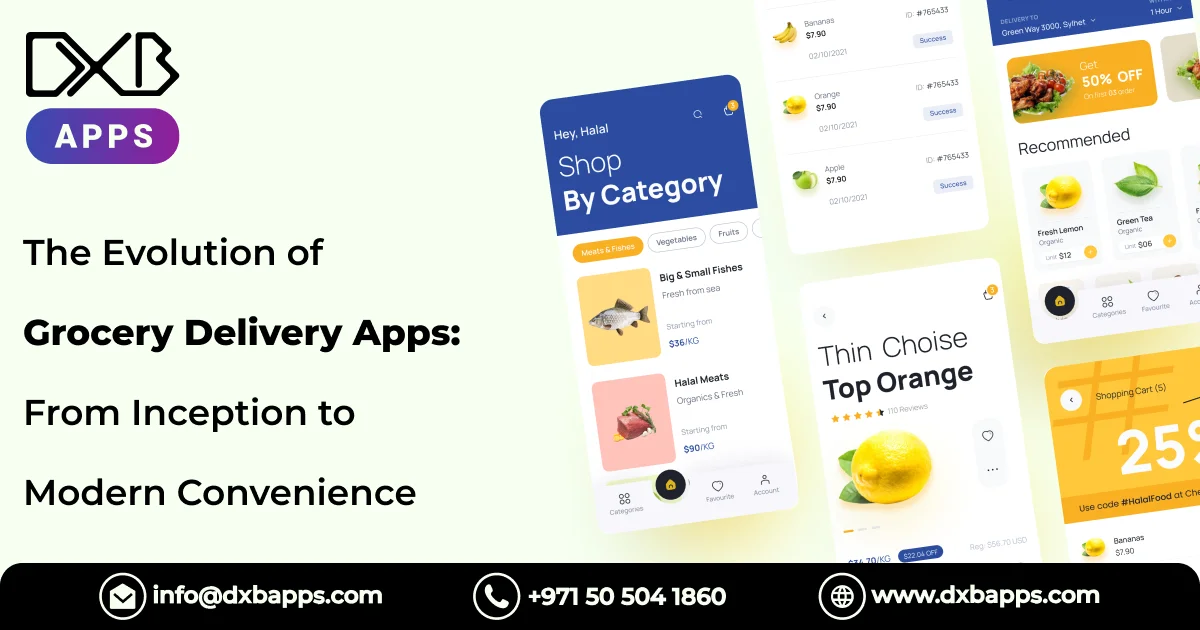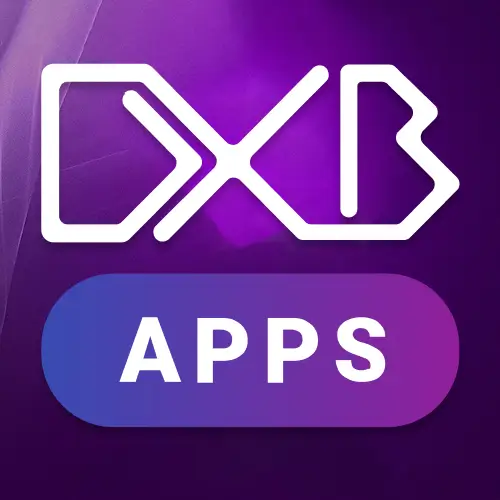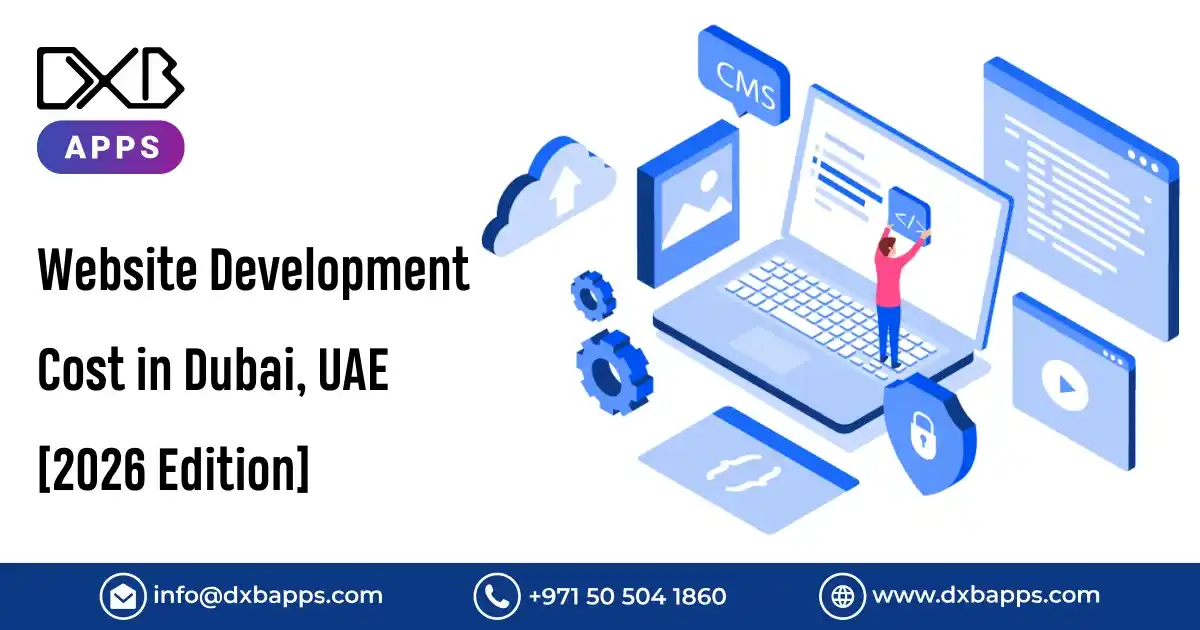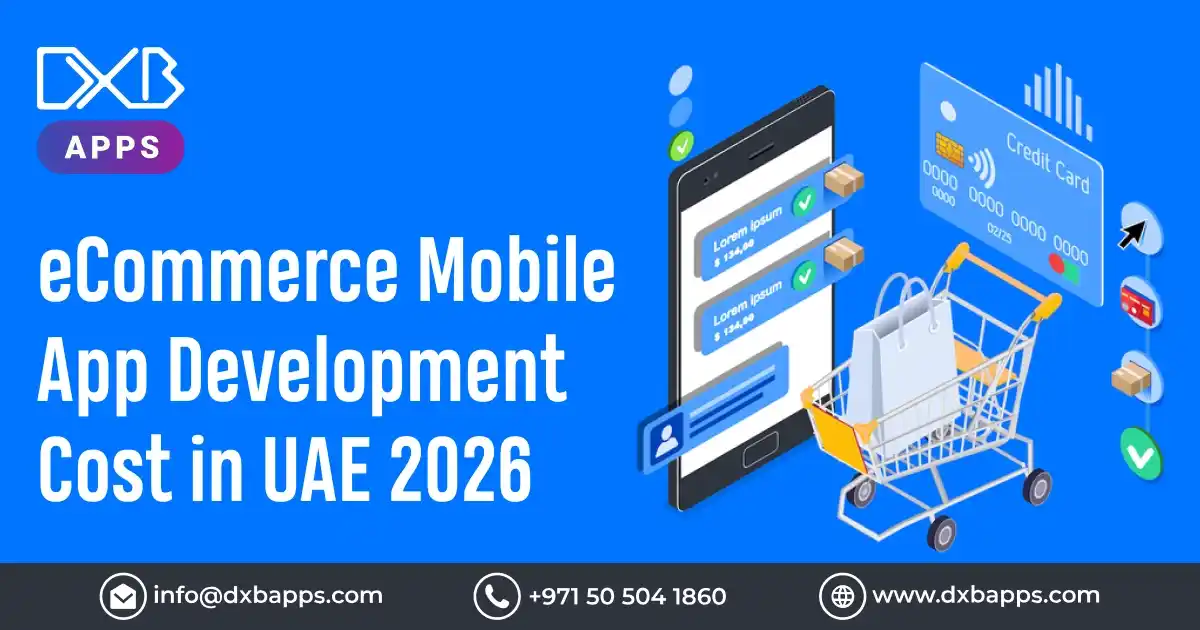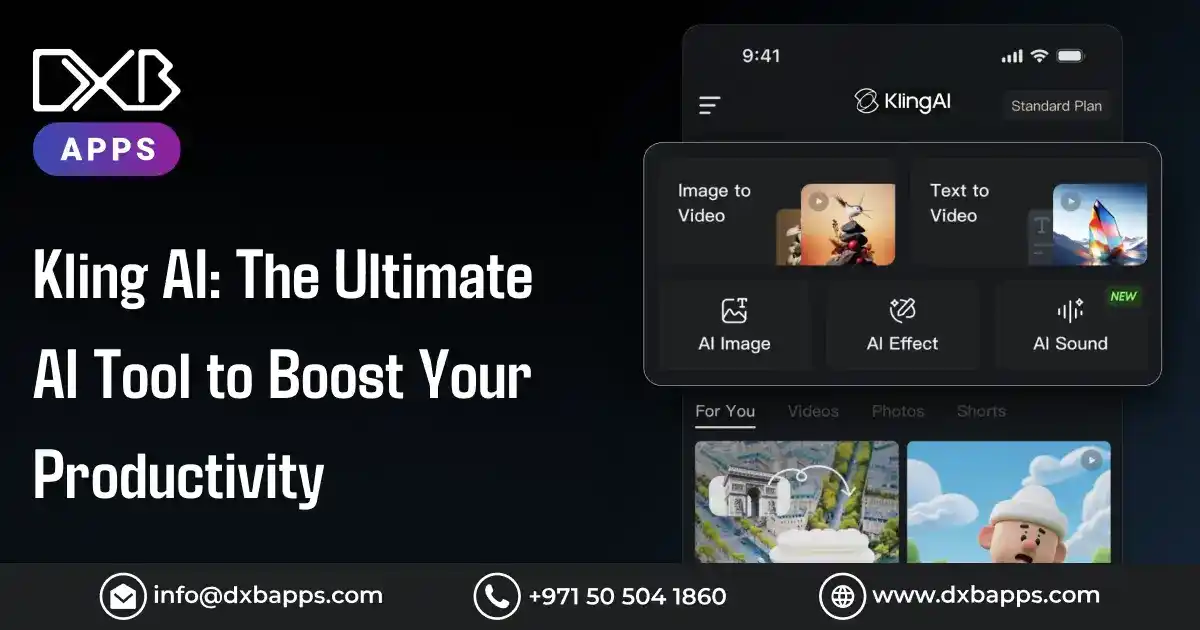In today's fast-paced world, where convenience is highly valued, grocery delivery apps have become an integral part of our lives. These digital platforms have undergone a remarkable evolution, transforming from rudimentary systems to highly sophisticated, user-friendly applications. In this article, we delve into the history and development of grocery delivery apps, exploring their evolution, user experience design, personalized recommendations, secure payment systems, delivery logistics, IoT integration, sustainability initiatives, contactless delivery adaptations, gamification strategies, augmented reality integration, and regulatory considerations.
Evolution of Grocery Delivery Apps
In the late 20th century, the seeds of grocery delivery were sown through phone-based orders and hands-on delivery services, reflecting a nascent convenience trend. However, the real transformational surge unfurled in the early 2000s, fueled by the ascendancy of e-commerce. The landscape shifted dramatically with the emergence of online grocery stores, granting customers the novel experience of digitally placing their orders via dedicated websites. The allure of shopping from the comfort of home was magnetic, yet obstacles like constrained product choices and sluggish delivery mechanisms initially tempered its universal embrace.
User Experience Design: Paving the Path to Intuition
At the heart of the evolution of grocery delivery apps lies the strategic implementation of user-centric design principles. This transformational approach has revolutionized these platforms into hubs of user-friendliness. Through the infusion of intuitive interfaces, simplified navigation, and frictionless checkout processes, the user experience has been elevated to new heights. This enhanced experience has not only captivated the existing user base but has also expanded it significantly, driven by the sheer convenience of well-crafted mobile app layouts and prominently displayed calls-to-action. The result? An effortless and efficient grocery shopping journey that naturally leads to a surge in user engagement and sustained usage.
Personalization and Recommendation Algorithms
The infusion of AI-powered recommendation systems has ushered in a transformative era in the world of grocery delivery. These innovative algorithms, fueled by advanced artificial intelligence, have redefined how customers interact with these platforms. Through careful analysis of individual user preferences and historical purchasing patterns, these algorithms curate a personalized shopping journey by suggesting products that align perfectly with each customer's needs. This tailored approach not only enhances user satisfaction by saving time and offering precisely what they seek but also yields significant benefits for the app vendors. The increased sales resulting from these personalized recommendations showcase the true power of AI in revolutionizing both user experience and business outcomes.
Challenges in Secure Payment Systems
In the digital realm of grocery delivery apps, paramount importance is placed on fortifying the security of payment gateways. This critical aspect of the user experience hinges on the implementation of foolproof transactional methods to instill unwavering customer trust. To achieve this, a multi-faceted approach is adopted. Robust encryption mechanisms shield sensitive payment data from prying eyes, while the adoption of two-factor authentication adds an extra layer of safeguarding. Moreover, a relentless commitment to continuous monitoring ensures that any potential threats are detected and addressed promptly, reinforcing the shield that guards user payment information.
Optimizing Delivery Logistics with Mobile Apps
In the realm of grocery delivery services, the significance of real-time tracking, route optimization, and streamlined delivery management cannot be overstated. These elements form the bedrock of a successful operation, ensuring timely and precise deliveries that resonate with customer expectations. Through the integration of mobile apps, customers gain the valuable ability to track their orders in real time, providing them with transparency and peace of mind. Concurrently, delivery personnel benefit from GPS systems that facilitate efficient navigation, enabling them to chart the most optimal routes. This meticulous optimization not only slashes delivery times but also creates a tangible boost in overall customer satisfaction, underlining the pivotal role of technology in shaping modern delivery experiences.
FAQs
Q: Are grocery delivery apps safe for making payments?
A: Yes, grocery delivery apps implement secure payment systems with encryption and authentication measures to ensure the safety of transactions.
Q: Can I track my grocery order in real-time?
A: Absolutely, most grocery delivery apps offer real-time tracking so you can monitor the status of your order from placement to delivery.
Q: How do loyalty programs work in grocery delivery apps?
A: Loyalty programs in these apps reward customers with points for each purchase, which can be redeemed for discounts or other benefits.
Q: What is the role of IoT in grocery delivery apps?
A: IoT devices enable better inventory management, freshness monitoring, and overall operational efficiency in grocery delivery services.
Q: How has COVID-19 affected grocery delivery apps?
A: The pandemic prompted the adoption of contactless delivery and payment options, ensuring safety for both customers and delivery personnel.

